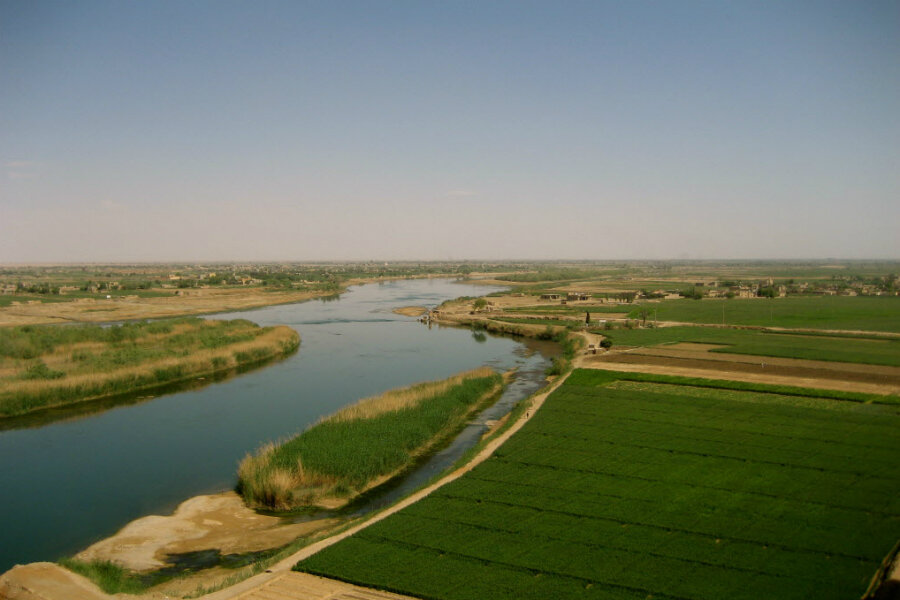What did the first farmers look like?
Loading...
What did the first farmers look like? New genetic research suggests that it depends on where you look.
DNA sequencing of ancient skeletons has revealed that early human farmers were a genetically diverse group, according to a new study in the journal Science. The findings provide new insight into how agriculture spread throughout the Neolithic world.
In the Mesolithic period, humans were exclusively hunter-gatherers. But around 9,000 BC, some of them dropped the nomadic lifestyle in favor of something a little more sedentary – farming. This agricultural revolution signaled the beginning of the Neolithic era.
In the Fertile Crescent, a region that stretched across the present-day Middle East, early Neolithic farmers domesticated wheat and other grains. In the following centuries, these farming communities learned to cultivate new crops and tame livestock, spreading their methods outward.
Some have theorized that early Neolithic farmers came from a single, homogenous group. But new DNA comparisons suggest that two distinct populations were practicing agriculture in the Fertile Crescent at the same time.
“Probably the biggest surprise news about this study is just how genetically different the eastern and western Fertile Crescent early farmers were,” co-author Mark Thomas, a professor of evolutionary genetics at University College London, told BBC.
Researchers found that ancient farmers from the east were genetically similar to modern day people from Iran, Afghanistan, and Pakistan. Iranian Zoroastrians, who practice the religion Zoroastrianism, bear a particularly striking genetic resemblance to those farmers.
Farmers living in the western regions of the Fertile Crescent were most similar to present day Sardinians, who live on the Italian island of Sardinia. The eastern and western groups appear to have diverged between 46,000 and 77,000 years ago.
“They lived more or less in a similar area, but they stay highly isolated from each other," co-author Joachim Burger, an anthropologist at the Johannes Gutenberg University Mainz, told NPR.
Farming eventually spread through Turkey and into Europe, although research suggests that some hunter-gatherer populations in Northern Europe resisted the rise of agriculture for some time. Early farming systems were most likely inefficient, The Monitor’s Eva Botkin-Kowacki reported in November, but most communities eventually transitioned anyway.
This behavioral shift was a pivotal moment in human history, paving the way for permanent settlements. The development of towns and cities in turn ushered in new social constructs such as property, class hierarchy and trading economy.






